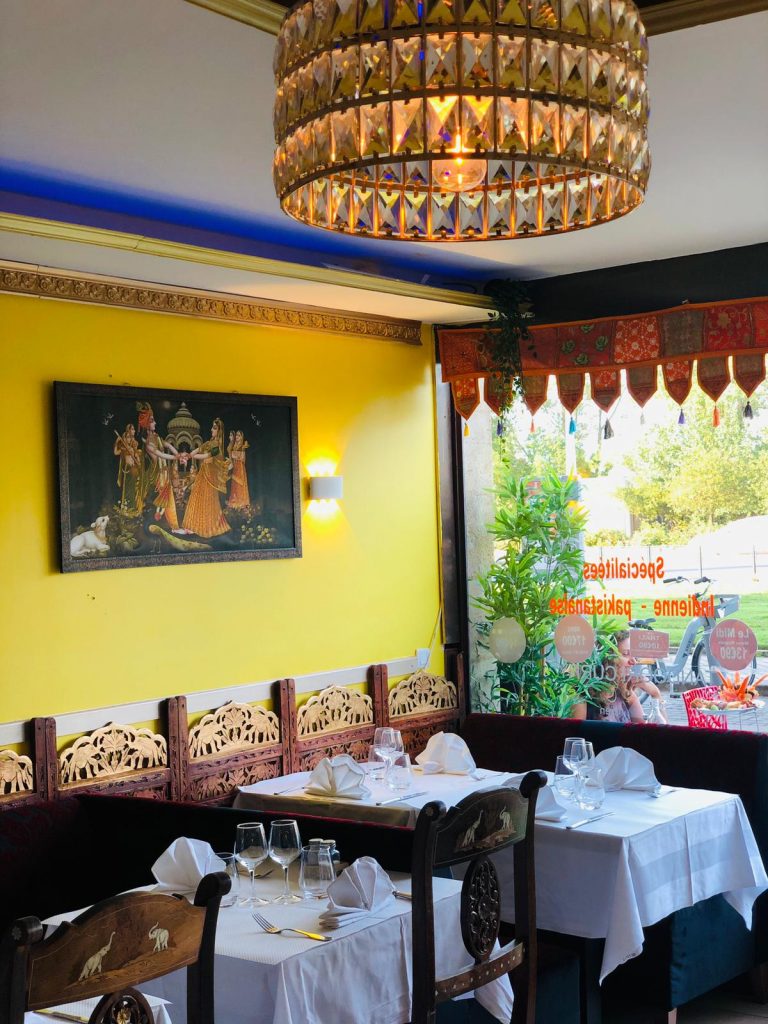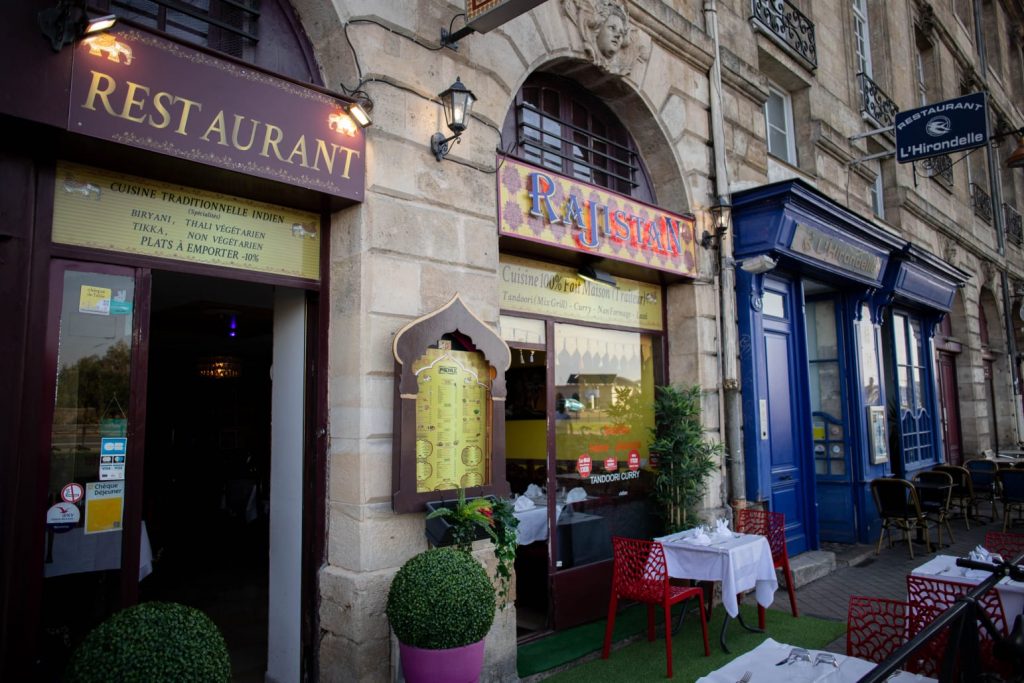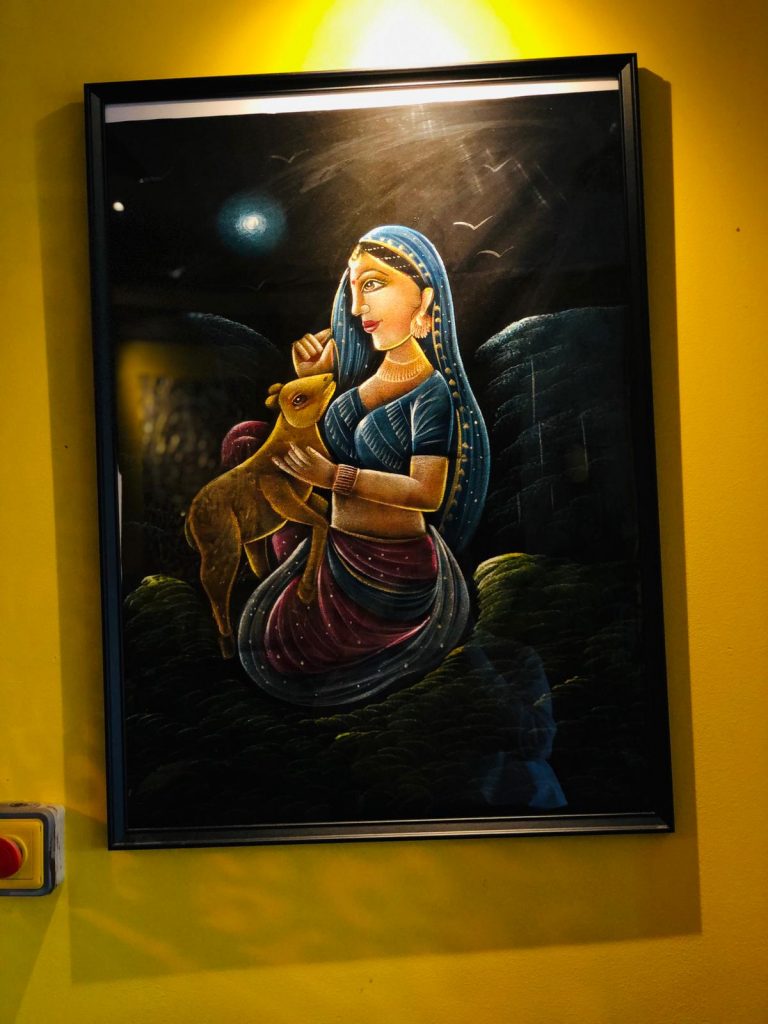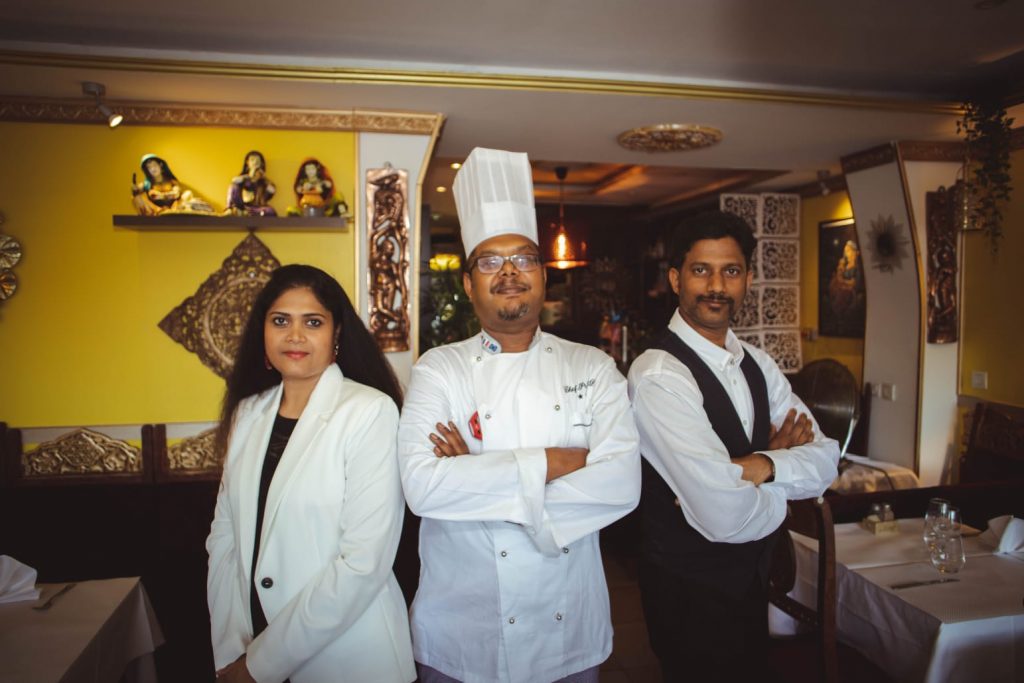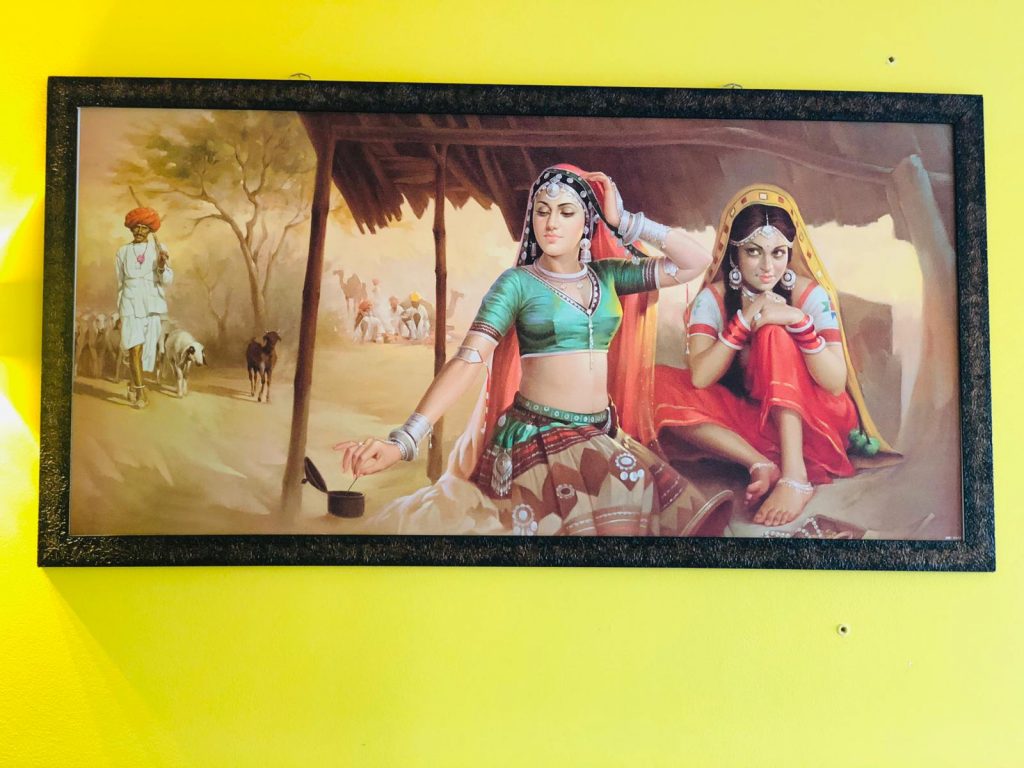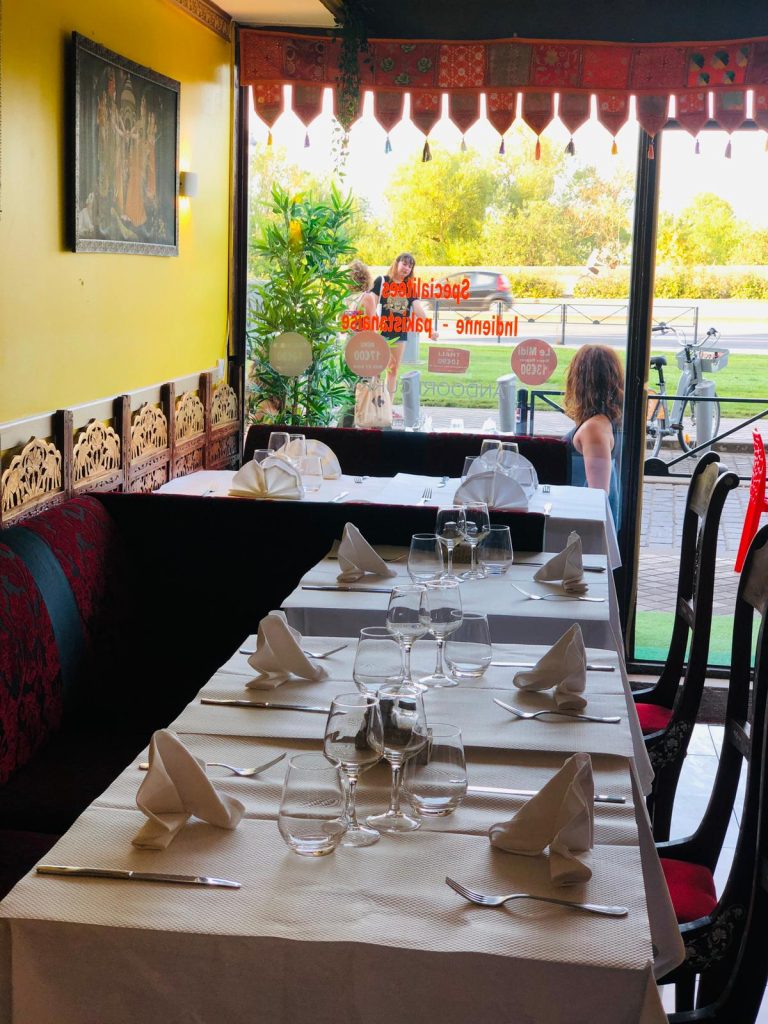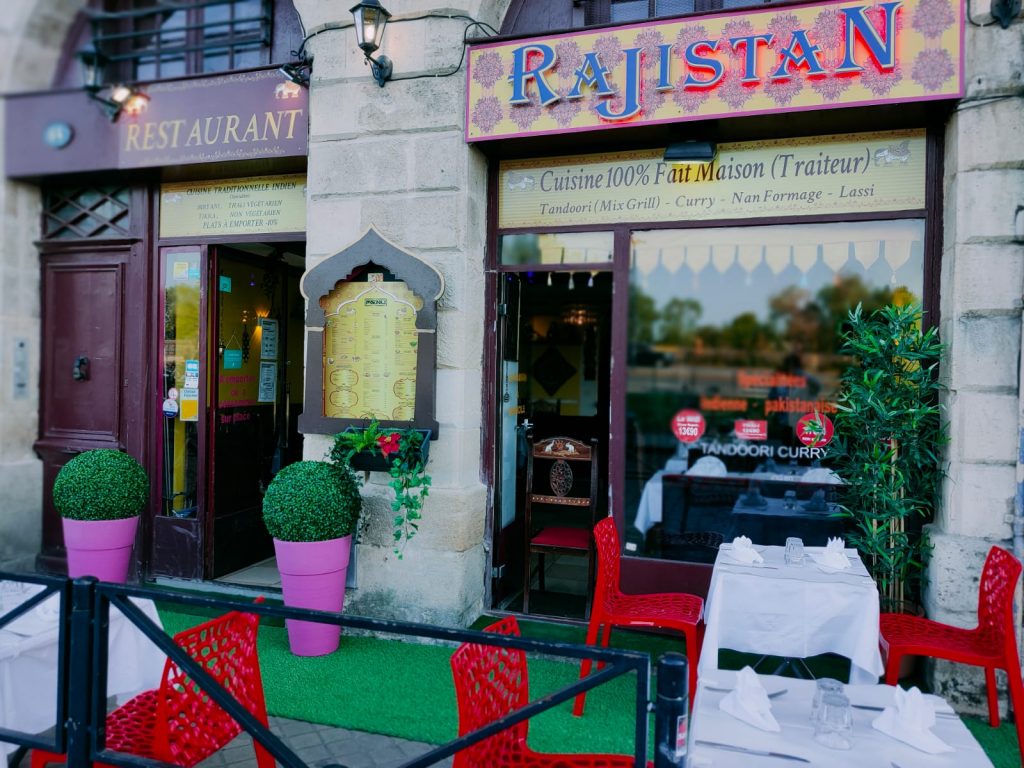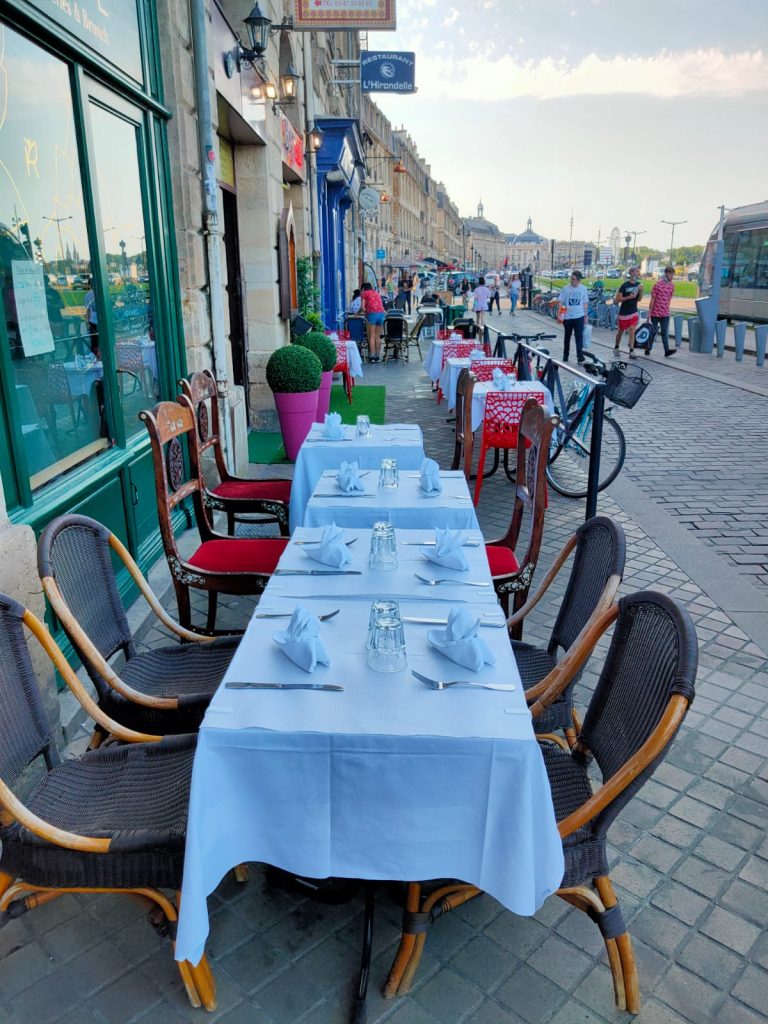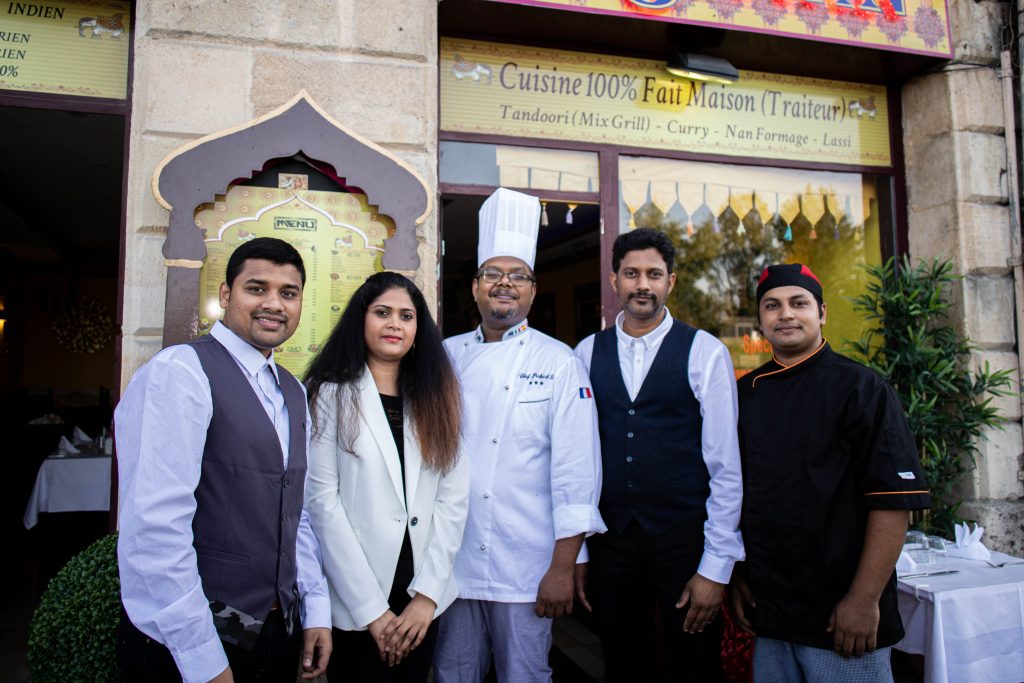
ABOUT INDIAN CUISINE
What’s for dinner tonight? Cumin, coriander and cardamom; mustard, mango powder, ginger; asafetida, fenugreek and chilies. And then there’s turmeric, tamarind and saffron, curry leaf, coconut milk and kewra water, almonds, cashews and pistachios —
and those are just the seasonings!The common thread that runs through most Indian food, though, is the use of numerous spices to create flavor and aroma.
The Culture of Food
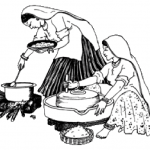
Indians take their food very seriously. Cooking is considered an art and mothers usually begin to teach their daughters and pass down family recipes by show-and-tell, fairly young in life. Mealtimes are important occasions for families to get together. Most meals comprise several dishes ranging from staples like rice and breads to meat and vegetables and rounded off with a dessert. In a lot of Indian homes, foods are made from scratch with fresh ingredients.
The Matter of Influence
Which focused on the mind-, body-enhancing properties of foods;
Which led to the Mughal style of cooking with rich, thick gravies and
the use of dry fruits like cashews and almonds in dishes;
Mughlai dishes may use as many as 12 spices in a single dish
including the most expensive of them — saffron, cardamom, cinnamon and cloves.
Which gave India its love of tea and put the European twist into some dishes.
Anglo-Indian cuisine was the delicious result;
Which left its mark on parts of India in the form of dishes like the
world-renowned Vindaloo and Xacuti.
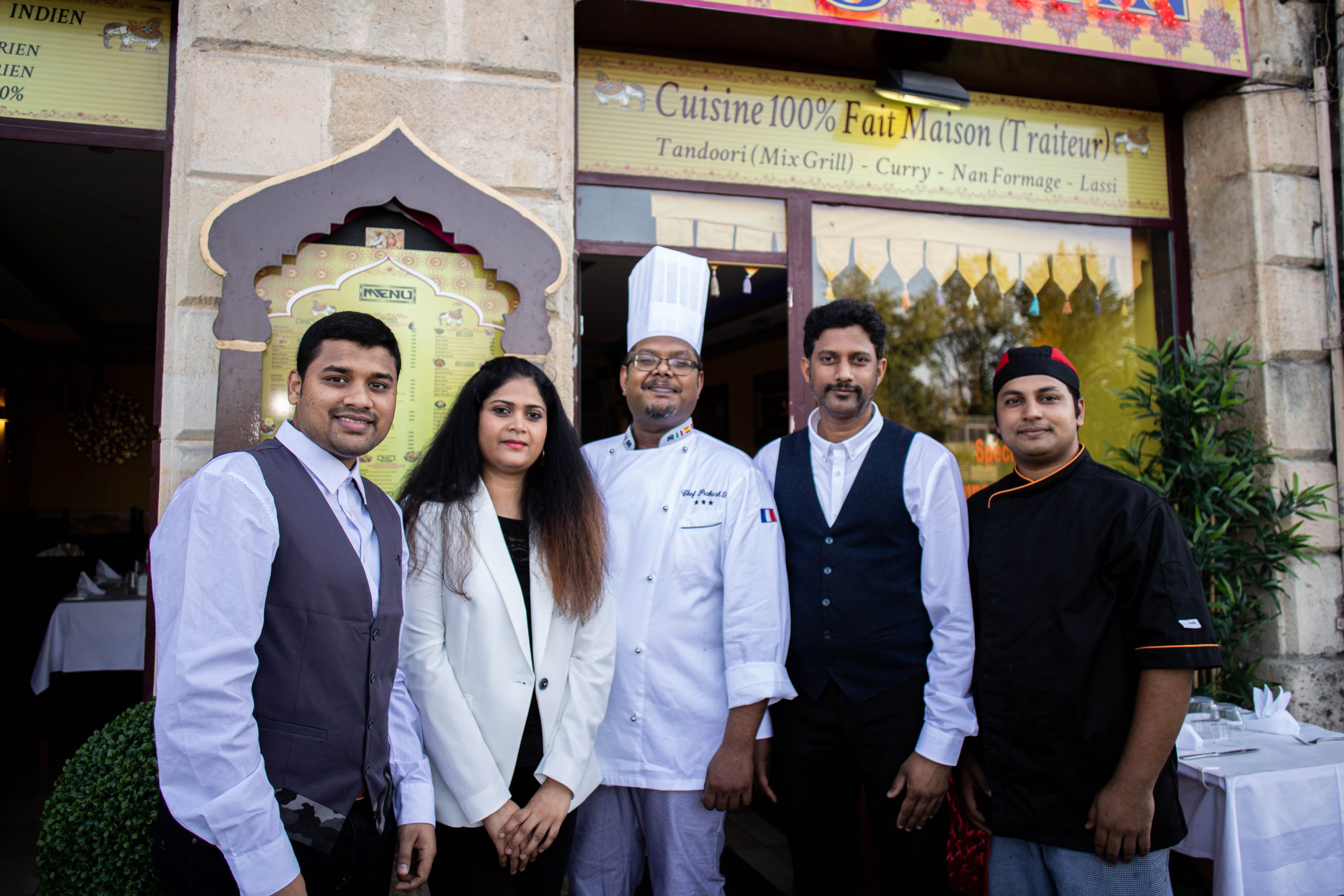
Delving Deeper
As far as food is concerned, India can very roughly be divided into four regions. Each region has several states in it and each state its own unique food. Here’s a brief look at the cuisines of North, South, East and West India. One must of course, always remember that no such description can entirely cover the huge variety of Indian food. The true discovery of it can take years of patient and very pleasurable gastronomic experimentation.
Gallery
